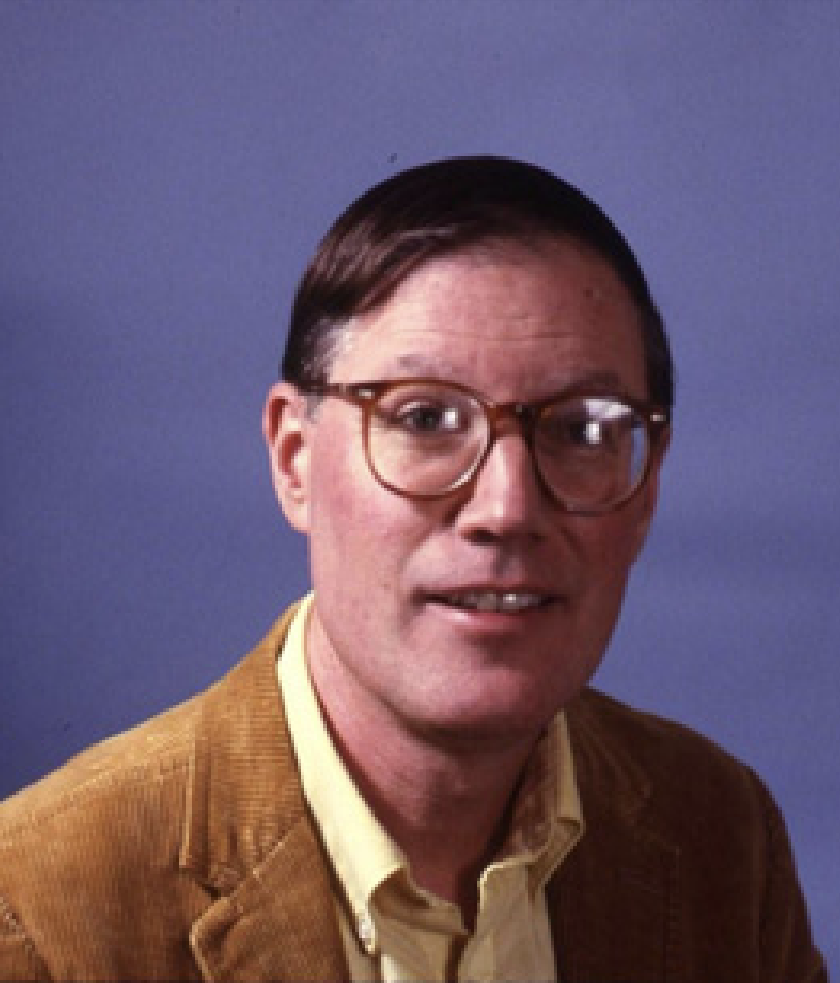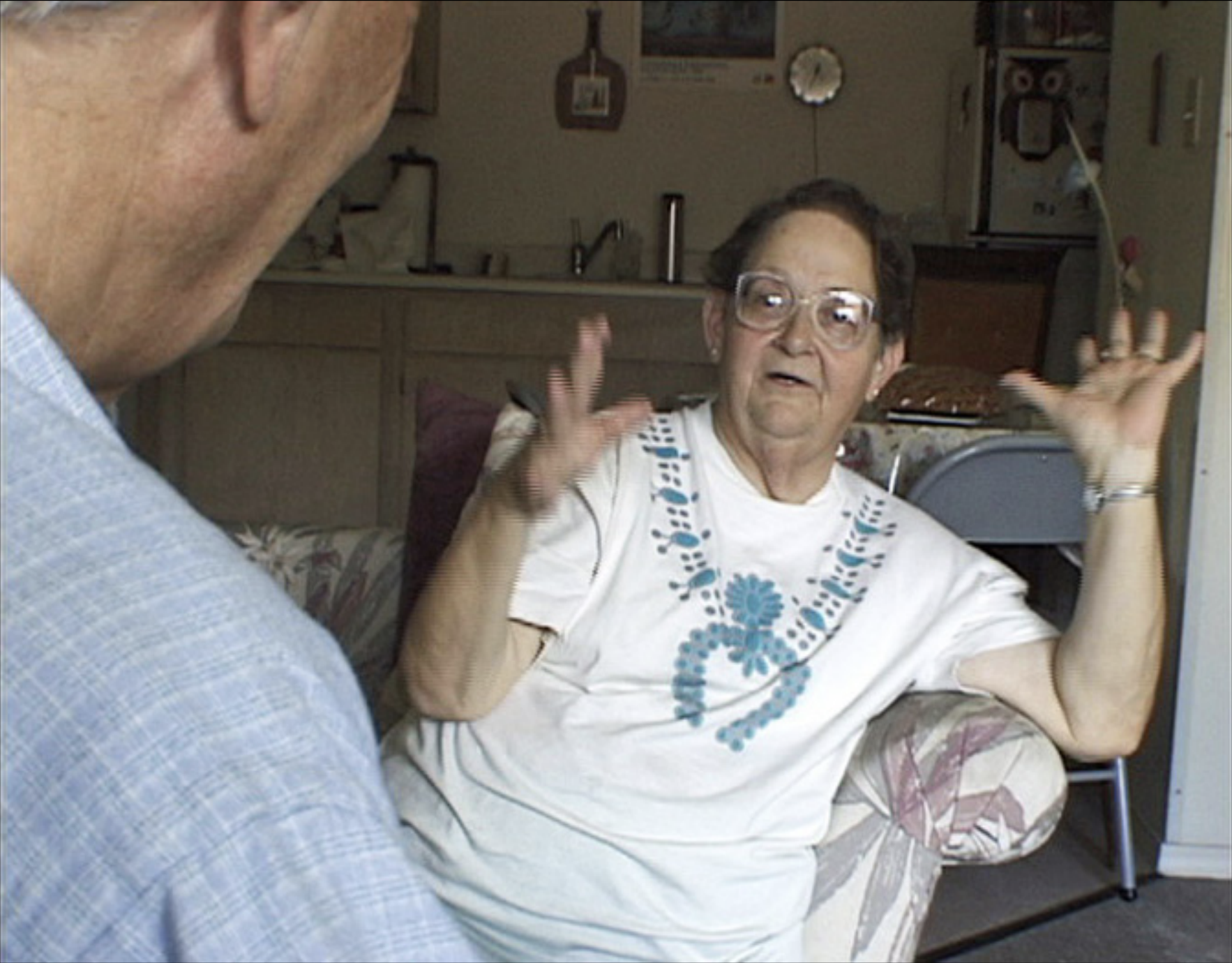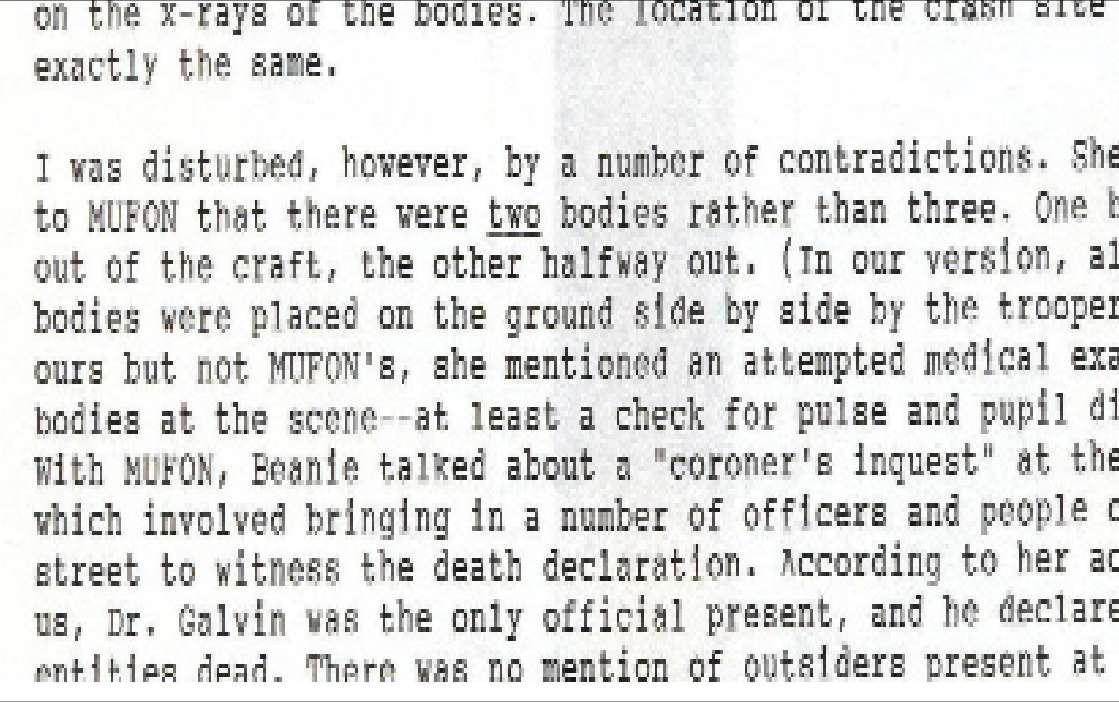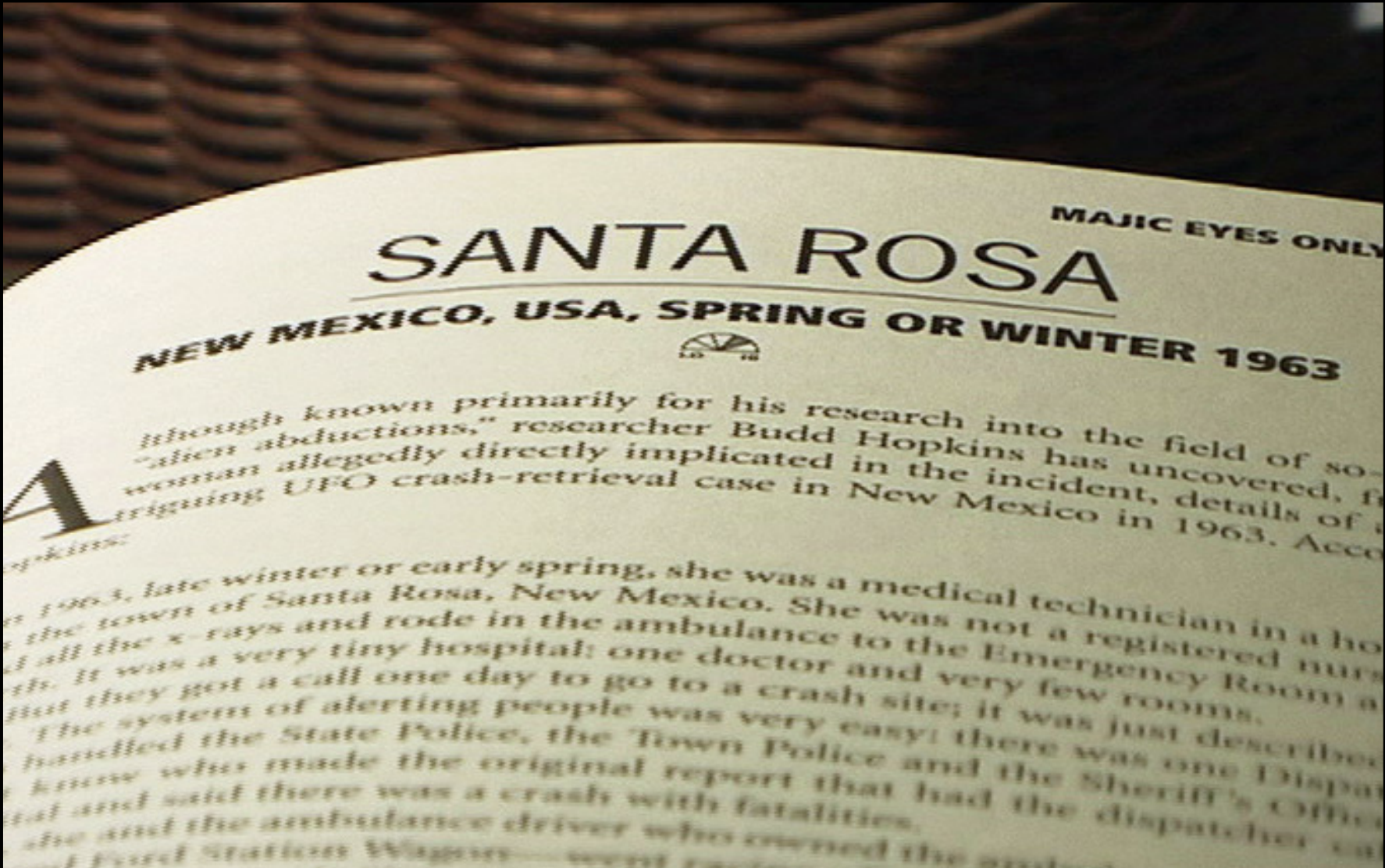A New Crash Retrieval Claim in the Early ‘60s


Budd first investigated the Beanie case in with veteran ufologist and astronomer Walt Webb, who had trained under Dr. Allen Hynek and was one of the first investigators on the Betty and Barney Hill case, among others. Budd and Walt Webb traveled to the tiny town of Santa Rosa, New Mexico to interview a retired X-ray technician in the hospital, Bina “Beanie” Bean. She had reported to local Mutual UFO Network (MUFON) representatives that in either the spring or winter of 1963, she had been riding shotgun in an ambulance that sped to a crashed saucer site on a remote desert road and returned with several nonhuman little bodies. She’d X-rayed them, she said, and described them in detail. A military entourage burst into the hospital and cleaned out every scrap of evidence, threatening the hospital staff to keep their mouths shut. Beanie drew maps and named names. But, as Walt Webb wrote to me several years later: “We had only one anecdotal story by one alleged eyewitness to a 32-year-old alleged episode!” It would be tough to build a case on that. The two investigators returned home in 1995, leaving a long list of possible witnesses for Beanie and Budd to contact.
In , Budd and I returned to follow-up on the Beanie story while in nearby Roswell. I taped Budd’s interview with the eccentric Beanie, noticing that she was starting to embroider a great deal around the edges of her original story of a crash retrieval, including claiming her own abduction experiences and asserting that her older sister was the famously elusive nurse who warned off the mortician at Roswell, shortly after that alleged crash. Neither she nor Budd had tracked down or spoken to any of the long list of possible witnesses. The only glint of confirmation of this single eyewitness’s story came during our visit to the elderly widow of the ambulance driver. When pressed, she seemed to vaguely recall that the Air Force had indeed once stripped the ambulance clean and taken the billable trip ticket, as Beanie claimed. But the widow had no idea what year or what decade that might have occurred in.
 peu après leur enquête
conjointe de 1995 sur le cas de Beanie
peu après leur enquête
conjointe de 1995 sur le cas de Beanie

Upon returning home, I made a short film out of the questionable venture. Beanie Veteran UFO investigator Walt Webb (Photo, courtesy W. Webb) Excerpt, Walt Webb’s letter to Hopkins shortly after their 1995 joint investigation of Beanie’s case. (Photo, C.Rainey, permission of Walt Webb.)was quirky and entertaining and I left the validity of the case up in the air. But Budd showed the film in several conference lectures and seminars around the country. It became his exciting new case, this previously unknown crash/retrieval in early 1960’s Santa Rosa, New Mexico. He presented the case with his typical well-spoken conviction and the clear impression of his own personal integrity. Based on the testimony of his implied impeccable eyewitnesses—Beanie and the widow—Budd publicly asserted that alien remains had been found in Santa Rosa in the spring or winter of 1963 and confiscated by the government.
Disturbed that he’d never tracked down any other witnesses for such a major claim, I reviewed Beanie’s file. In it were two letters to Budd from Walt Webb, written several months after their 1995 expedition. Webb expressed grave doubt about Beanie’s credibility, citing major discrepancies in her stories, told to three separate interviewers. Sometimes she cited three bodies were found and sometimes two. In one account they were lined up under a sheet near the crashed craft; in an account to MUFON, she described the bodies as half in, half out of the craft. In that same report, Beanie talked of a “coroner’s inquest” at the hospital, bringing in people off the street as witnesses; in her account to Webb and Hopkins, she and a Dr. Galvin were the only people present for examination of the bodies .

But it was too late for such reservations. The other investigator’s grave doubts had been eliminated from the official story now. Based on Budd’s unproven assertions and my footage, the case ended up enshrined in the official literature of the field in Ryan Wood’s book on famous UFO crash/retrieval cases, Majic Eyes Only . Beanie’s story was the start of a case--but far from an established, well-researched study of a possible UFO event. Unfortunately, it had all the hallmarks of a tale co-created by a lonely old woman hungry for attention and an investigator who needed to generate his next new thing.